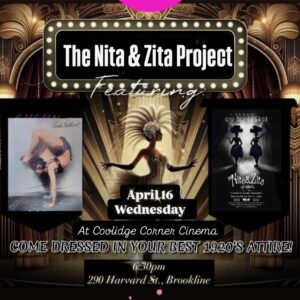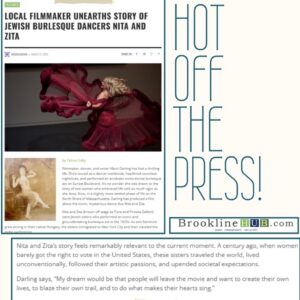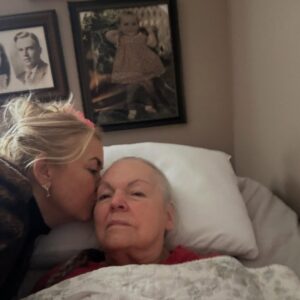
Can dancing actually change the brain? Make you smarter? Heal broken hearts and act as therapy for cancer patients? The research says YES!
Ancient cultures have always understood the immense power of dance as a ritual for transformation, healing, celebration, and even training for battle. Dance is an integral part of nearly every human culture, acting as a therapeutic tool for mental health, emotional health, physical health, and neuro-health. Even before the “science” existed, proving the benefits, humans have understood the power of dance.
In my own journey as a dance student, professional dancer, dance researcher, and now dance teacher, I have witnessed firsthand the powerful effects of dance on various communities. I took dance classes from the time I was 3, and when I got to college, I wanted to dance all day and all night. I took Ballet, 1, 2, 3, 4, 5, plus Modern and African, all in one day. I enthusiastically danced 8-10 hours a day. When I discovered Belly Dance at the age of 19, (after guitar and tap dancing didn’t work out,) I fell in love. My parents bought me my first costume, and after 9 lessons, I started dancing for all my family parties. Mormons love belly dancing! Actually I don’t know if Mormons love belly dancing, but I do know my parents found my new passion hilarious and cheered me on. Or maybe they just found me endlessly entertaining. When I’d come home from guitar class and pluck out a song to sing for them, completely off-key, they’d burst out laughing. I wasn’t terribly offended though, as they found most of the world funny. Also, however Mormons feel about belly dance, Utah has a massive belly dance population, so large in fact, it can actually support brick and mortar belly dance shops, whereas most places can’t.
One day it occurred to me that I might be able to make some money belly dancing. From Day 1, dance opportunities flooded to me: Moroccan palaces, movie premieres, tv shows, baby showers, bridal parties, and weddings. For more than ten years, I spent my time in a sea of sparkles, crystal costumes, lush Arabic music, light-catching canes, head-balancing swords, flickering candelabras, time-honored traditional dances, innovative fusion choreographies…
As I traveled around the world, I witnessed the integration of dance into the daily lives of rural tribes in Africa and dance and music creating community in preschools in Norway. I volunteered at Caring for Babies with AIDS in LA for more than a decade, and at first I held the newborns and sang songs to the toddlers, but over time, I started to teach multicultural dance to the children and watched them transform. Even the immobile children, children on crutches, children in cribs unable to lift their heads, children in the hospital on oxygen, children in their last moments, all responded to music and dance. Their eyes lit up, their attention caught like a firefly in a mason jar. For the duration of the song, they forgot about hospitals and medication, uncomfortable tubes and wires, and joyfully embraced the music and movement. At CBA, we acted out stories, and they enthusiastically spun around the room to the sounds of the tornado in the Wizard of Oz, falling on the ground and then slowly rising into the new land of technicolor magic. I’m not a scientist, but it seemed clear to me that they relished being thrown around by a force more powerful than them, and then rising again—like they enjoyed having mastery over unpredictable weather patterns. Kind of like chronic illness.
I understand the whole “fall to the ground and rise again” motif. I think most people understand this.
Even now, after years of crushing grief and loss, I attribute my survival to dancing by myself. Every day, I dragged my shattered heart to my mat, lit a candle, turned on Dead Can Dance, and invited my beloved spirits to join me in a dance. I allowed my unbearable grief to throw me to my knees over and over again, pounded the ground, and allowed the sobs to swallow me. Then I stood back up, wiped my eyes, and carried on.
Almost like a tornado of grief swirling by.
I didn’t know why I felt compelled to dance every day, I just knew I had to. It was my sacred cave, my church, my time to not only move my grief through my body but also to raise my energy for the coming work, as I tried to find a way to support my children after a piercing divorce. The way my mind works, I felt that if I could show up for myself every day to dance, the universe would understand I was serious about showing up for work too. I wanted to find a way to support my family working at my optimal creative potential. I wasn’t sure how I would do that, and I’m still figuring this piece out. All I know is dance helped.
I’m not the only one who’s mental health is bolstered by dance.
Neuroscience and Psychological studies are finally providing evidence of what dancers have known all along: dance transforms.
One 2021 UCLA Health study showed conscious, or ecstatic, dance helped those struggling with depression and anxiety. The study was conceived by Kelsey Laird, PhD. Among the 1,000 participants in the study, 81% self-reported a stress-related health condition: chronic pain, history of substance abuse or addiction, depression, anxiety or history of trauma. The vast majority reported that dance helped them cope with their condition, ranging from 88% among those with a history of addiction to 96% for participants with anxiety or depression. Participants reported going into “the zone,” another way of saying you have let go of prefrontal activity, and allowed your emotional brain to take over.”98% of all participants said the practice improved their mood. Large percentages also reported that dance helped them let go of distressing thoughts and gave them greater confidence and more compassion.
The research, was published online in the August 2021 issue of Complementary Therapies in Clinical Practice.
In a 2008 article in Scientific American magazine, a Columbia University neuroscientist found that dance, synchronizing music and movement, creates a “pleasure double play” inside our neural wiring.
Music stimulates the brain’s reward centers, while dance activates its sensory and motor circuits.
In fact, the beneficial effects of dance on the brain is now being used to treat people with physical diseases as well, like Dementia, Cancer, and Parkinson’s disease. More than one million people in this country are living with Parkinson’s disease, and, according to the Parkinson’s Disease Foundation, each year another 60,000 are diagnosed. Parkinson’s is a motor-system disorder, which develops when the dopamine-producing cells in the brain are lost, an essential chemical for controlling movement and coordination.
According to the foundation, Parkinson’s symptoms include bradykinesia (slowed movement), stiffness of the limbs and trunk, tremors, and impaired balance and coordination. Dance can help alleviate these symptoms. Scientists state that dance can be considered a form of rhythmic auditory stimulation (RAS). In this technique, a series of fixed rhythms are presented to patients, and the patients are asked to move to the rhythms. Studies have found significant improvements in gait and upper extremity function among participants who move to steady rhythmic cue.
In 2003, scientists at the Albert Einstein College of Medicine were surprised to find that dance improves brain health and lowered the risk of dementia, in comparison to other physical activities. (New England Journal of Medicine)
Over 21 years, the researchers looked at the effects of 11 different types of physical activity, including cycling, golf, swimming, and tennis, on senior citizens aged 75 and up, but found that only one of the activities studied lowered participants’ risk of dementia.
That activity was dance.
Because of dance’s unique mental effort and social interaction and the stimulation helped reduce the risk of dementia.
- Bicycling and swimming – 0% reduced risk of dementia
- Playing golf – 0% reduced risk of dementia.
- Reading – 35% reduced risk of dementia.
- Doing crossword puzzles at least four days a week – 47% reduced risk of dementia.
- Dancing frequently – 76% reduced risk of dementia (Let’s go dancing!!!)
Harvard Medical School found the same results when assessing people’s hobbies over 10 or 15 years. They found people who dance have less risk of developing heart disease or dementia.
So what is it that makes dance so different?
There are several reasons. First, music has powerful effects on our neural architecture, hormones and metabolism. Our entire biochemical makeup as humans is influenced by music. And because our brains like to feel safe, it responds to rhythms that evoke a sense of security and safety. Rhythm is a regularly occurring event that the brain can predict, so evolutionarily, our brain responds.
Second, moving in synchrony with others bonds us, boots our immune systems, and produces those feel-good hormones like oxytocin and prolactin that make us feel safe and comforted.
Third, dance raises your heartbeat, shapes your muscles and releases toxins from your body.
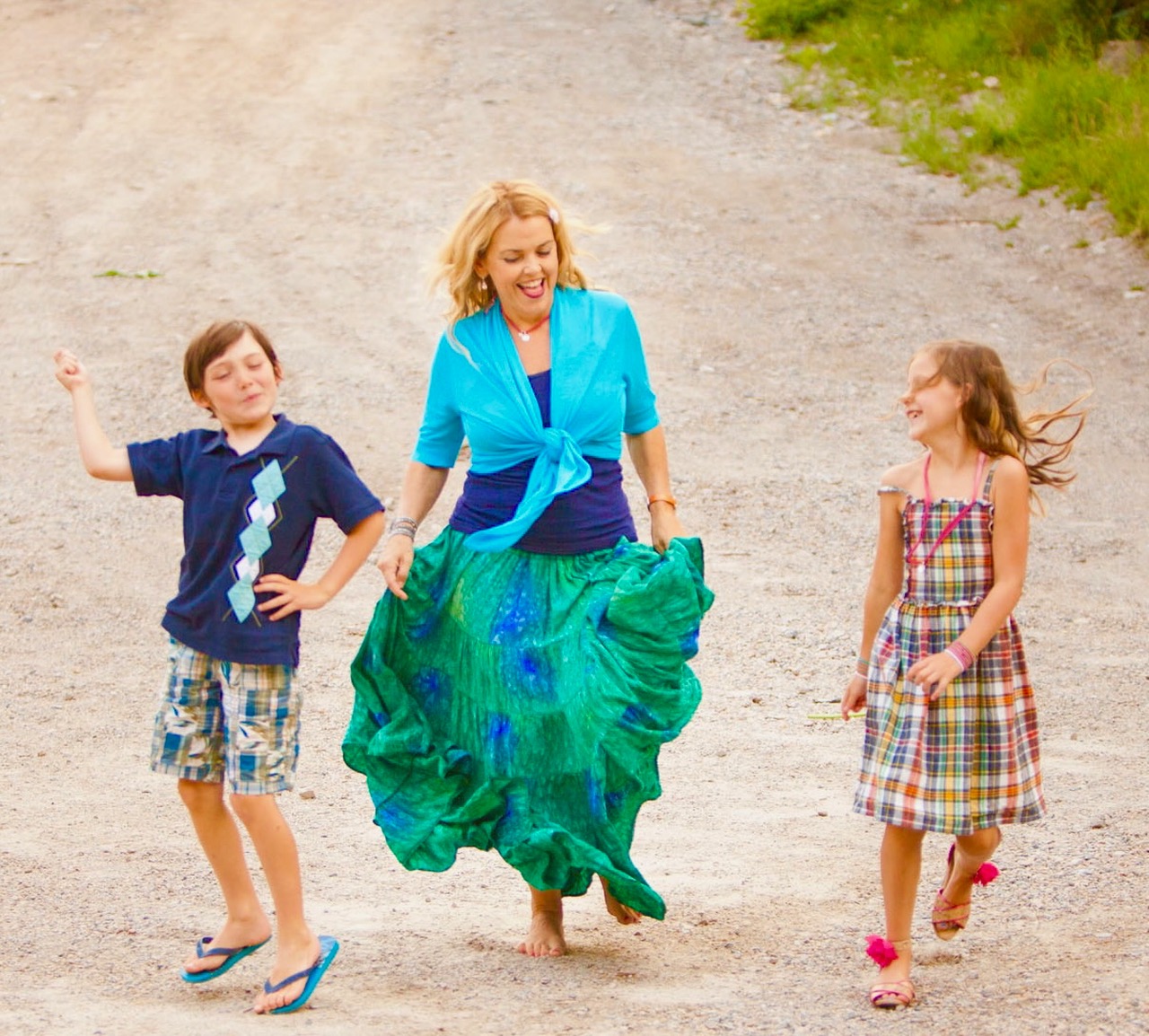
Okay, this makes sense, but can dancing really help your brain?
YES! Dancing increases neural connectivity, enhancing neuroplasticity. This increases intelligence and boosts memory. Because dance requires you to integrate several brain functions at once, it makes your brain fire on all cylinders, strengthening its abilities.
After years of bringing dance to terminally ill and medically fragile children, I was thrilled to see it becoming a regular protocol in some cases. Researchers and Therapists are now taking dance into hospitals, with profound effects on children with cancer.
From one study (link below):
When children become ill with cancer, their ability to participate in playful childhood activities is frequently compromised. This loss is akin to the sense of disempowerment and loss of control of one’s body and stress physiology when facing a threatening, traumatic life event. These experiences create a wide variety of emotions difficult to understand and express through words. Dance/movement therapy (DMT), also known in Europe as dance movement psychotherapy (DMP), can help the pediatric oncology patient regain access to this natural innate aspect of childhood by providing psychosocial therapeutic support. DMT is a body- and movement-based psychotherapeutic field that utilizes the creative expressive elements of dance to enable the patient to express feelings and gain a deeper understanding of experiences that may be difficult to speak about. By creating activities that consider the pediatric patient’s emotional, social, cognitive, communicative, and motoric development, pediatric DMT provides a therapeutic holding environment in the Winnicottian sense and reintroduces the child to her (pronouns are used interchangeably throughout the article) changing body through creative dance and movement-based activities, supporting her emotional expression about her experience.
In addition to dance as therapy, I wanted to see if I could use multicultural dance as a way to teach academic skills. I taught at a preschool in Cambridge, and found the children responded with enthusiasm to learning through dance, with growth in every domain. I now use music, movement, and arts and crafts to explore children’s literature for children ages 3-12. I don’t measure growth, but my own findings are replicated over and over: dance and creativity enrich learning for children of all ages.
I recently tried out my theories on teenagers and adults in connection to writing. I always teach my students that the #1 block to innovation and creativity is negative thoughts and self-doubt. We all have those voices in our heads telling us not to write, no one wants to read your story, you are wasting your time, go dust the living room, do laundry, or binge-watch Netflix instead. These are self-sabotaging behaviors that prevent you from creating and finishing your projects.
What is the best way to quiet these voices in my experience? Dance.
Play a song you love and start to move. Get out of your head and into your body where your true wisdom lies. This will put you on the path of empowerment.
Over the past 50 years, I saw and experienced firsthand the transformative effects of dance in every culture I visited, and I’m thrilled that research is finally proving what many of us have known all along: dance transforms.
Dance is the single most powerful tool humans can use to change their lives on every level.
It doesn’t cost money; it doesn’t require fancy outfits or long distance travel–all it requires is to play some music and start to move.
But don’t take my word for it, or all the multitude of research.
Try it, and let me know how it goes.
Put on some music and dance.
(And if you do happen to put on a fancy outfit to do it, send me a photo.)

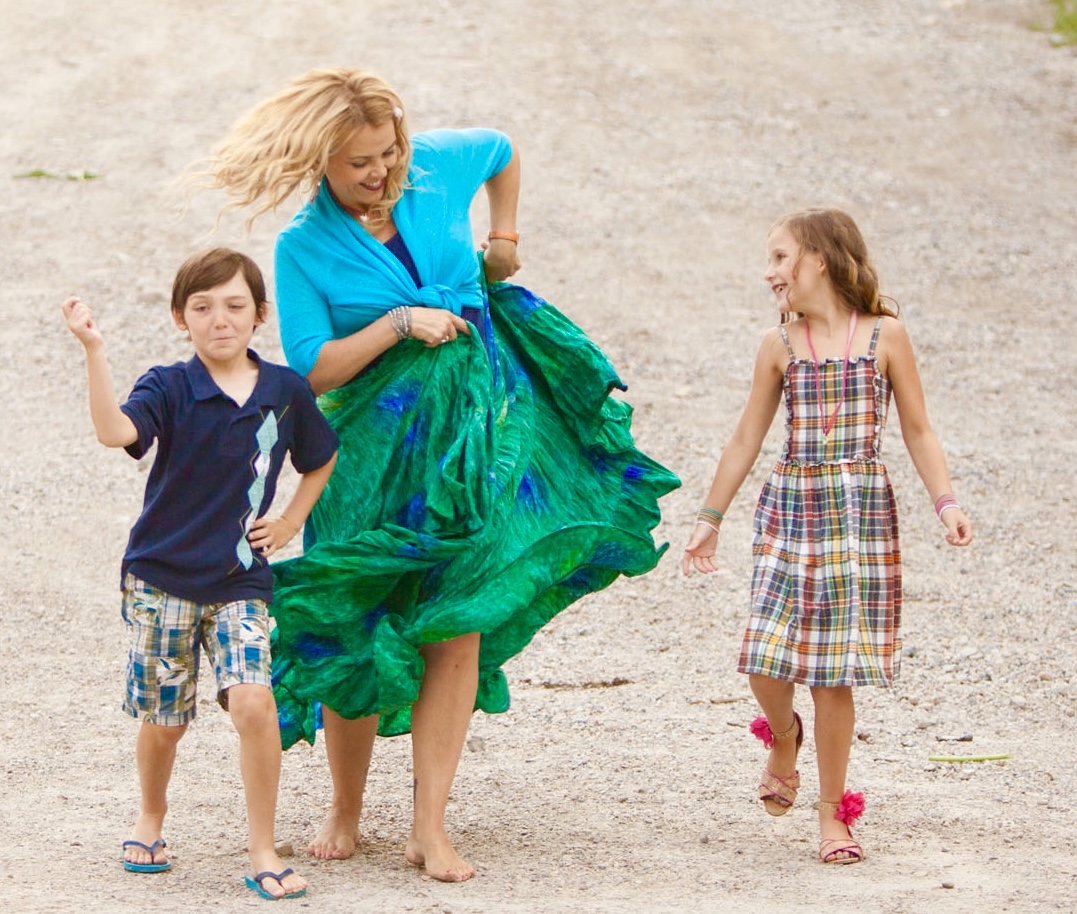
If you’d like to check out the research, here are a few options:
https://www.ncbi.nlm.nih.gov/pmc/articles/PMC6352017/









